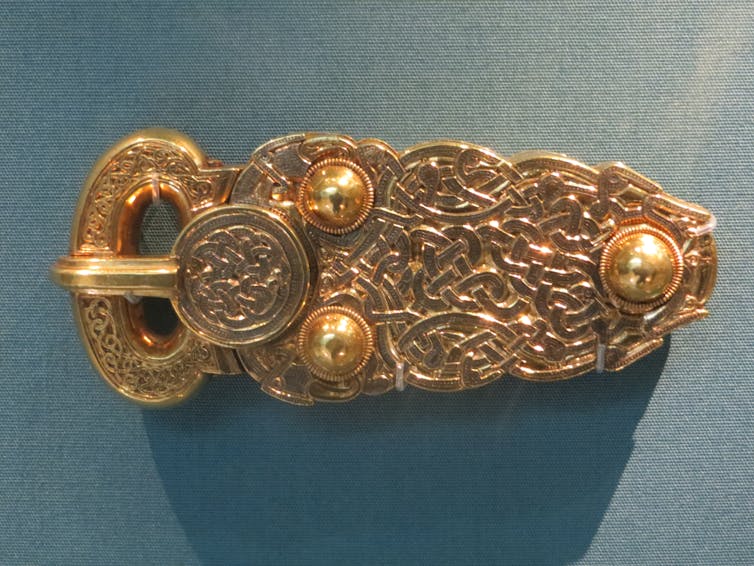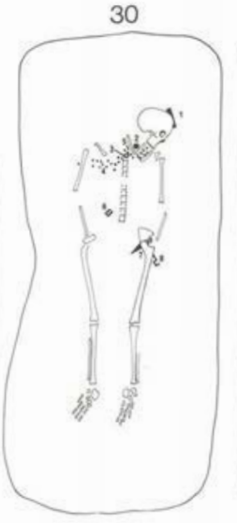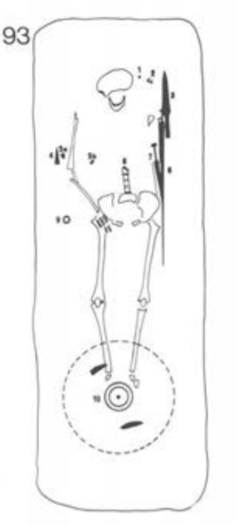Fucking Onion...
MAGA is eating it up.
Propaganda tastes good to idiots.
Fucking Onion...

so you want mentally ill men to use the girls bathroom? why is frosty to blame ? shame on youThis what the hate you bring here leads to Frosty. Shame on you.

Oklahoma banned trans students from bathrooms. Now a bullied student is dead
Nex Benedict died one day after a fight in a school bathroom. Their mother Sue Benedict tells Bevan Hurley that the gender fluid teenager endured more than a year of abuse simply for being who they werewww.independent.co.uk
Apieceofshitsayswhat?so you want mentally ill men to use the girls bathroom? why is frosty to blame ? shame on you




It’s called unintended consequences.When I was a young kid, I used to go to the ladies bathroom with my mum. No one gave a fuck then, no one gives a fuck now.
If a trans person shits in the woods does anyone hear it?
Apparently some of you guys do...
They killed themselves the day after they started a fight.This what the hate you bring here leads to Frosty. Shame on you.

Oklahoma banned trans students from bathrooms. Now a bullied student is dead
Nex Benedict died one day after a fight in a school bathroom. Their mother Sue Benedict tells Bevan Hurley that the gender fluid teenager endured more than a year of abuse simply for being who they werewww.independent.co.uk
chaya raichik is a terrorist. can't wait til she's sued and/or held accountable.
Oklahoma's top education official called out over Libs of TikTok ties after non-binary student who was in fight at school later dies
Ryan Walters recently appointed Chaya Raichik to a state institution.www.dailydot.com

chaya raichik is a terrorist. can't wait til she's sued and/or held accountable.
was charles manson an innocent man?lol wouldn't the basement dwellers calling in the bomb threats be the terrorists? I guess women don't get a say now. Let us all go in and watch them shower